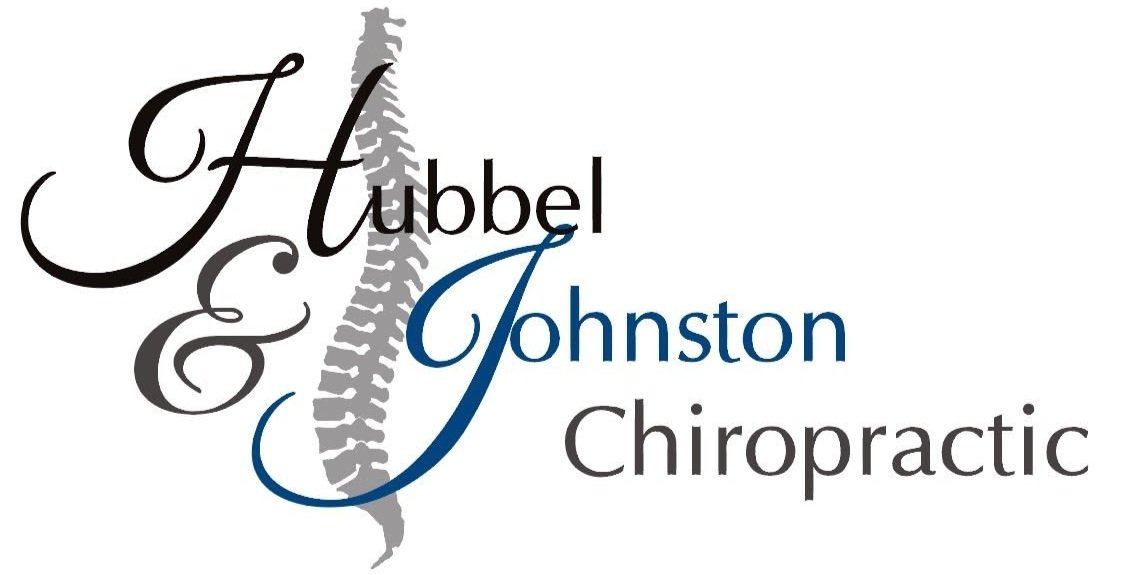What information is important on my new FitBit?
In any situation where you want to make a change, tracking your behaviour is important to know HOW things have changed. This is similar to why we take such detailed notes when we adjust patients, we want to know exactly WHAT, HOW, and WHEN something changed to track our progress and understand how your body is healing. Many of our patients received wearable fitness trackers this year over the holidays, and we find ourselves having more conversations about what information is the most important to glean from your new device.
Breathing Rate (BR) Skin Temperature Oxygen Saturation Is the number of times you breathe in a minute.
Normal is between 12-20 for adults, during exercise normally between 35-45 breaths per minute. An increase will tell you if you are getting sick, or if there is an environmental allergen present. Is the temperature of your skin OR can be the temperature of your core (basal body temp). Usually tracked as a deviation from your normal or average.
Not all devices have this information. Normal is between 36-38℃ (97.8-99.1℉), and increases tell you if you are getting sick. In women, if your device does basal body temp can track menstrual cycles and fertility. Is the measure of how much oxygen is bound to your blood and is measured by a percentage
Typically this range is above 95%. People living with lung disease can function around 90% oxygen saturation. A decrease in your % will be seen when you are sick or run down.
Resting Heart Rate (RHR) Heart Rate Variability (HRV) Calories Is the number of times that your heart beats per minute.
Normal ranges between 60-100 beats per minute. A lower number indicates a stronger heart and cardiovascular fitness. Elite athletes can have numbers in the 40’s. You will notice an increase in resting heart rate if you are getting sick. Is the difference in timing between each heartbeat. A heart is not a perfect metronome, and in a healthy heart, each beat happens at a slightly different rhythm. This is regulated by your nervous system.
Each person’s “normal” is very different, and is measured in milliseconds. Normal ranges can be between 20-200 ms. Compare is your HRV for the day to your average. Higher than your average HRV means that your body has recovered well, and that your nervous system is in good balance. Is the amount of energy that your body uses during the day.
Often this can be a confusing metric, as calories is a unit that is used in food as well. Calories in food is the amount of “energy” available in food. “Caloric Deficit” used to be a very common strategy for weight loss, where you would compare the number of calories you eat in food vs the amount of calories you “burn” while exercising. This is not a number that you need to track.
How will my stats change after an adjustment? There is not a lot of research in this area yet, but luckily Dr. Leguard has been keeping a close eye on her own stats for the past few years.
In Dr. Leguard’s experience, after an injury, or if she is in pain, her skin temperature, resting heart rate, and breathing rate will increase, while her heart rate variability will decrease. This indicates that her body is not functioning optimally, and her nervous system is out of balance.
She finds that often, after a big adjustment, her stats will look like she is still out of balance. Usually the next day, her RHR and BR will decrease (sometimes lower than average) and HRV will increase, indicating that her body is healing and nervous system is in balance. We think that the slight dip in stats initially indicates that her body is trying to understand the “new instructions” from her adjustment.
Stay tuned next month when we discuss activity and sleep stats.

